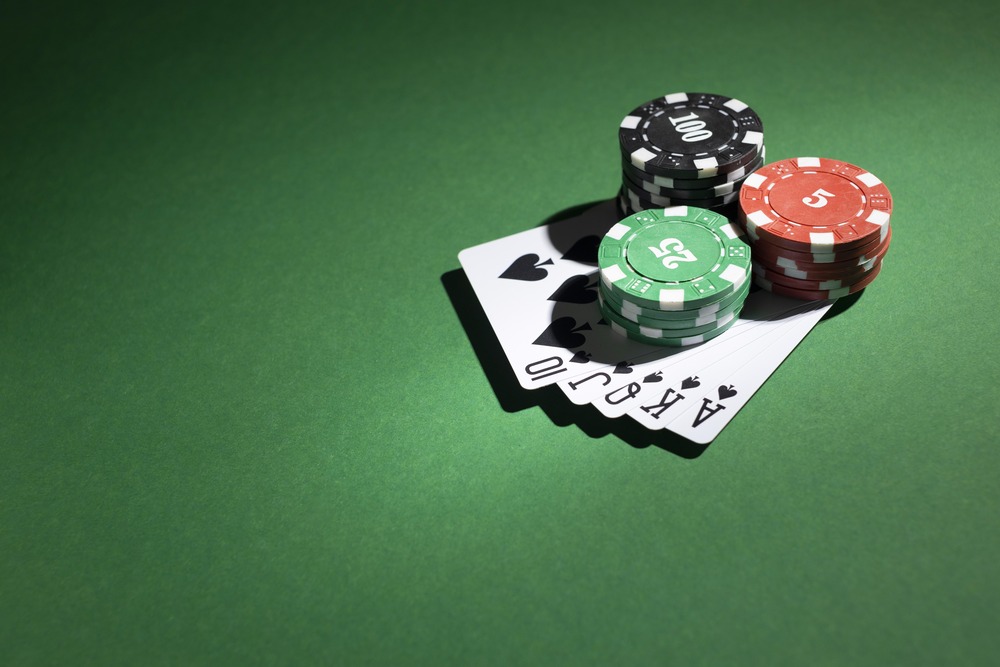Strategic surrendering in Blackjack is a valuable tactic that players can use to mitigate potential losses. It involves the decision to forfeit half of the bet when facing a challenging dealer hand. This move is based on a careful evaluation of the odds and the potential outcome of the round.
Determining when to strategically surrender requires a rational assessment of the situation. Players typically consider factors such as the dealer’s upcard, their own hand total, and the likelihood of improving their hand through hitting or standing. If the chances of winning the hand are significantly low, surrendering can be a prudent choice to cut losses and preserve funds for future rounds.
By strategically surrendering in appropriate situations, players can maintain a more stable bankroll and avoid catastrophic losses. It is essential to understand the rules and strategies of Blackjack to make informed decisions about when to walk away from a challenging hand. Mastering the art of strategic surrendering can be a key component of a successful Blackjack strategy. Read about the evolution of Blackjack strategy.
Understanding the Surrender Option
In Blackjack, the surrender option can be a strategic tool for players. It allows you to fold your hand and reclaim half of your bet if you believe your odds of winning are low. This can be particularly useful when facing a strong dealer hand, such as when the dealer shows an Ace or a 10-value card.
By surrendering in these scenarios, you can limit your losses and preserve your bankroll for more favorable situations. It’s important to note that not all Blackjack variants include the surrender option, so it’s essential to review the game rules beforehand.
Understanding when to surrender can improve your overall Blackjack tactics and potentially increase your chances of winning.
Evaluating Your Hand Strength
To make an informed decision about utilizing the surrender option in Blackjack, it’s essential to accurately assess your hand strength. Evaluating your hand involves calculating the total value of your cards and comparing it to the potential hand of the dealer.
Analyze the cards you hold and consider the likelihood of improving your hand with an additional card. If you have a weak hand with little chance of outplaying the dealer, surrendering could be a strategic choice.
Conversely, if you possess a strong hand that’s likely to beat the dealer, surrendering wouldn’t be a wise decision. Understanding the strength of your hand is crucial in determining whether surrendering is the best course of action in a game of Blackjack.
Dealer’s Upcard Influence
Considering the influence of the dealer’s upcard is a key factor in determining whether to utilize the surrender option in Blackjack.
The dealer’s upcard significantly affects the likelihood of them either busting or beating your hand. When the dealer’s upcard is weak, like a 2 through 6, their chances of busting are higher, making surrendering less favorable as you have a better chance of winning the hand.
Conversely, if the dealer’s upcard is strong, such as a 9 or a 10, the probability of them beating your hand increases. In such situations, surrendering could be a strategic move to minimize potential losses.
Understanding how the dealer’s upcard influences the game can assist players in making informed decisions during gameplay.
Calculating Expected Value
Understanding how to calculate the expected value in Blackjack is a fundamental skill that can aid in making informed decisions during gameplay. Expected value is determined by multiplying the probability of each possible outcome by the payoff associated with that outcome and summing these values.
In the context of Blackjack, factors such as the player’s hand total, the dealer’s upcard, and the current game circumstances must be considered when calculating expected value. By evaluating the expected value of various actions like hitting, standing, doubling down, or surrendering, players can strategically choose the most statistically advantageous move.
This analytical approach enables players to make decisions that can potentially improve their long-term chances of winning.
Timing Your Surrender Decision
Strategic timing of your surrender decision in Blackjack is a key factor in influencing your gameplay outcomes. Understanding when to surrender is essential for enhancing your winning prospects.
Optimal timing for surrendering occurs when the odds are unfavorable, particularly when facing a strong dealer hand. By surrendering in such situations, you can minimize your losses and manage your bankroll effectively for future rounds.
It’s important to strike a balance and not surrender excessively, as this can diminish potential winnings. Effective timing of your surrender decision necessitates a solid grasp of game dynamics and a strategic risk management approach.
Conclusion
Understanding the strategic surrender option in Blackjack can significantly impact your overall success in the game. By carefully assessing your hand strength, taking into account the dealer’s upcard, and calculating the expected value of each decision, you can make a well-informed choice to surrender when necessary. This allows you to recoup half of your bet and minimize potential losses, which can help safeguard your bankroll and improve your gameplay experience. Developing proficiency in strategic surrendering can be a key element in refining your Blackjack strategy and enhancing your chances of winning.

